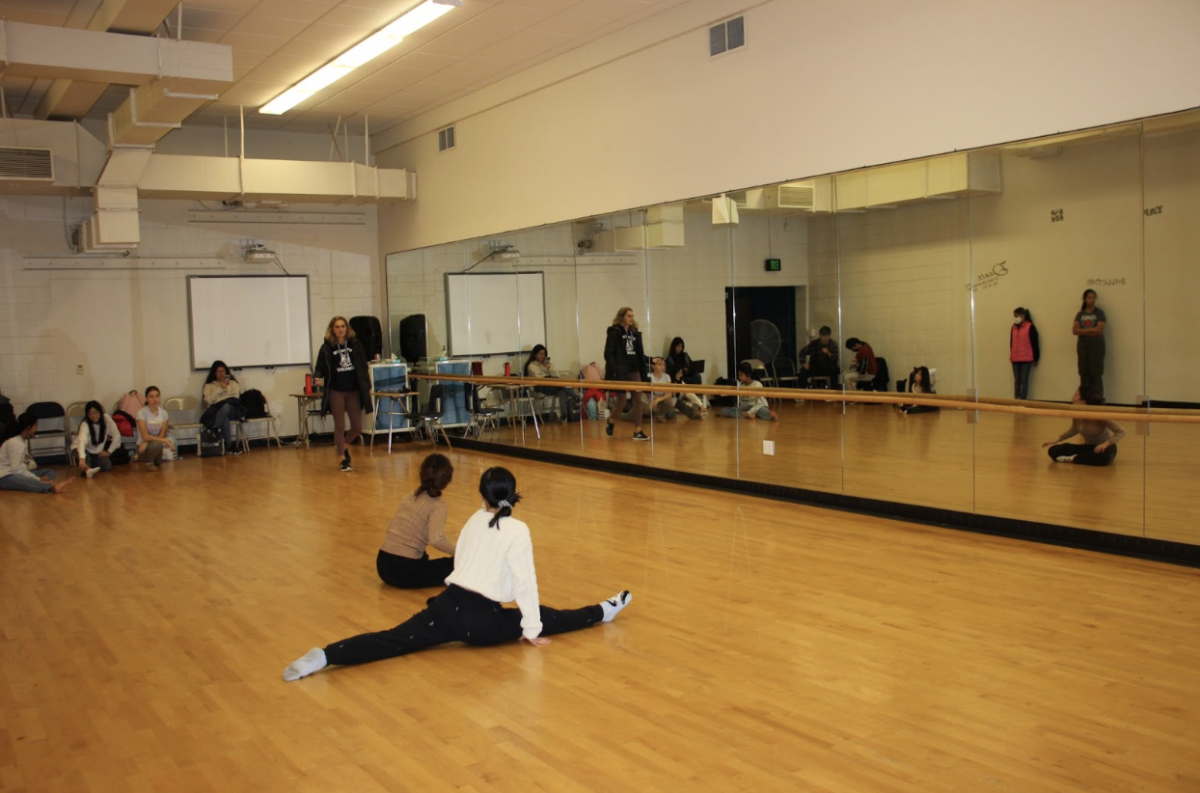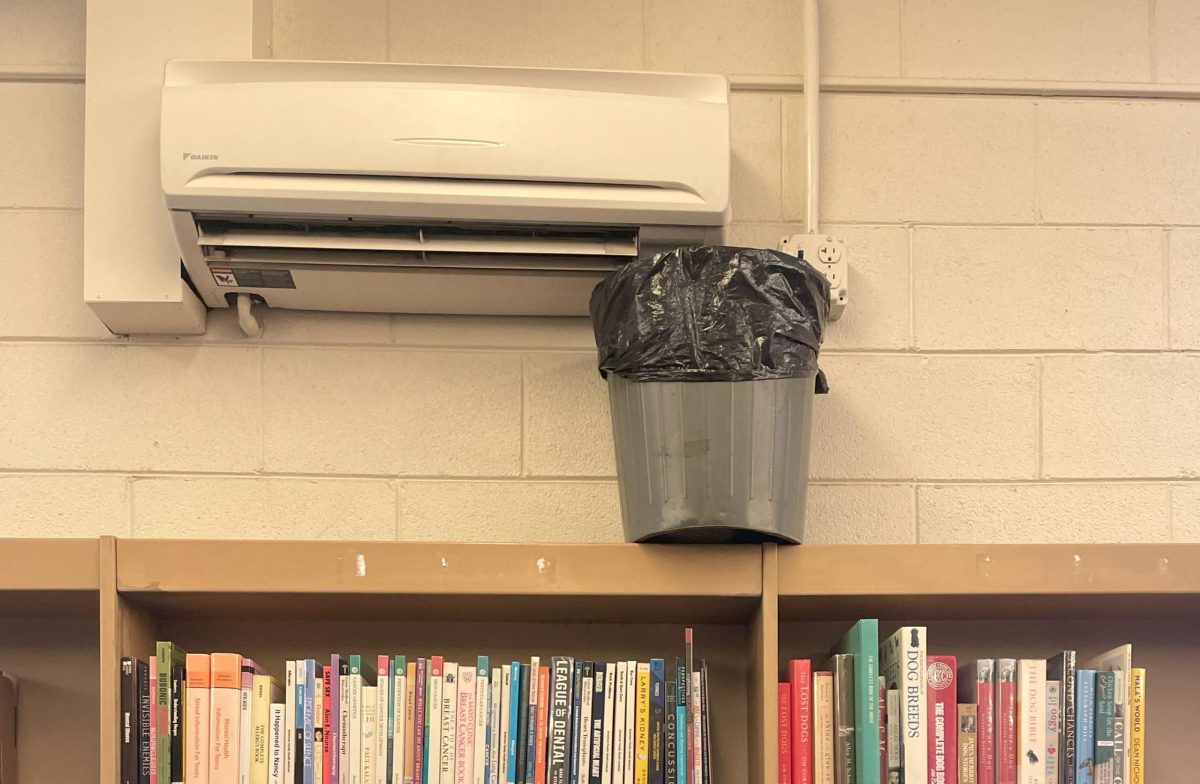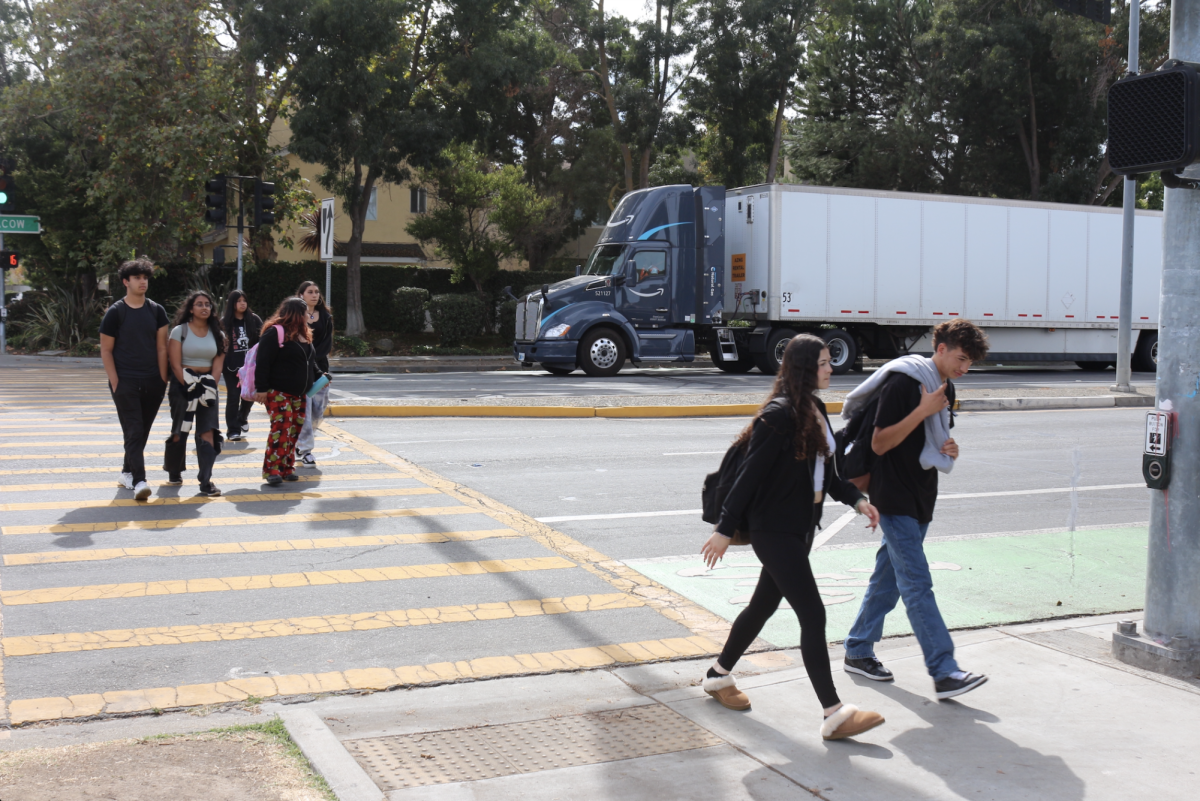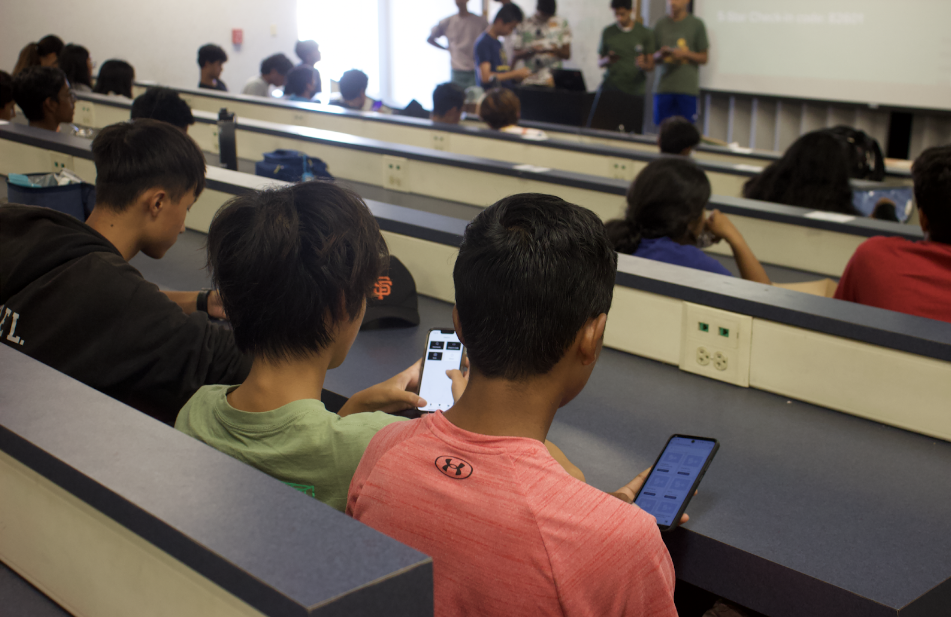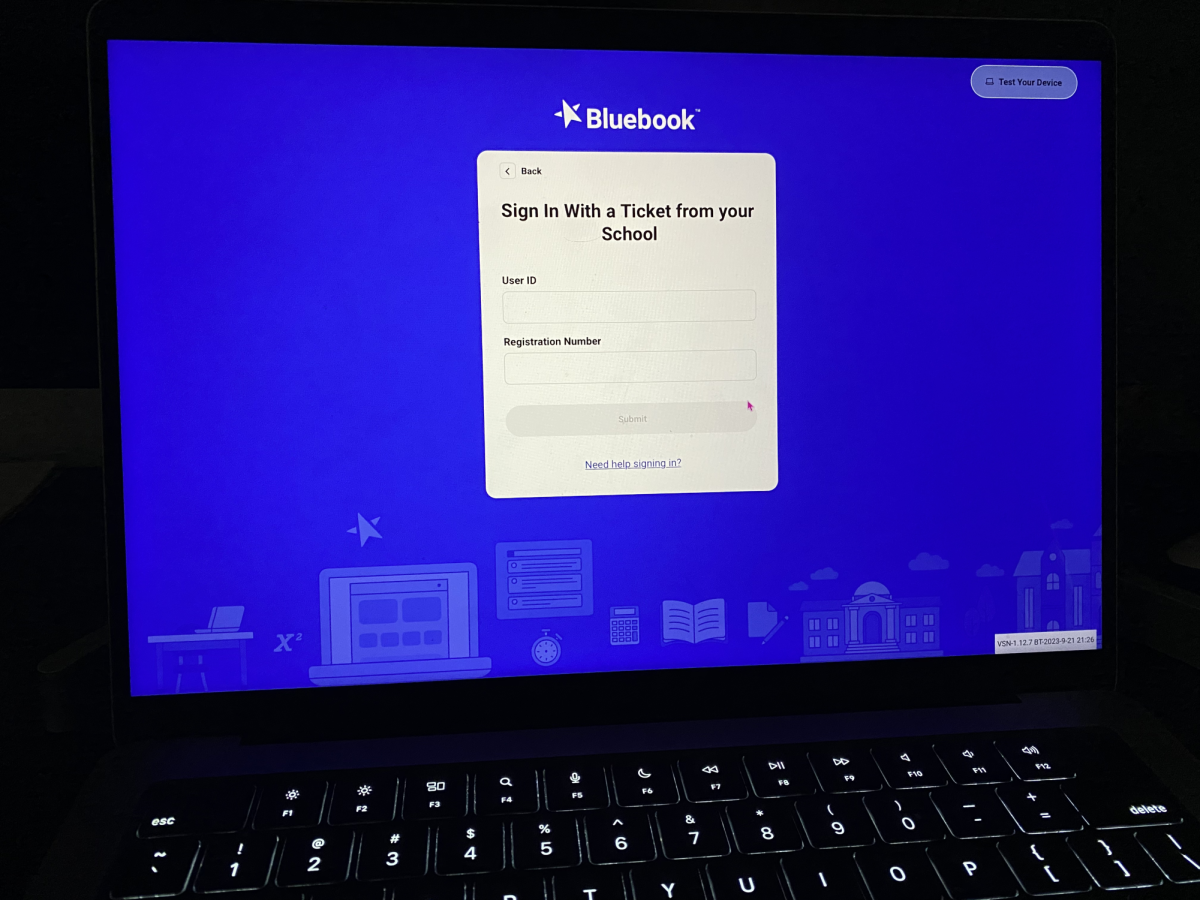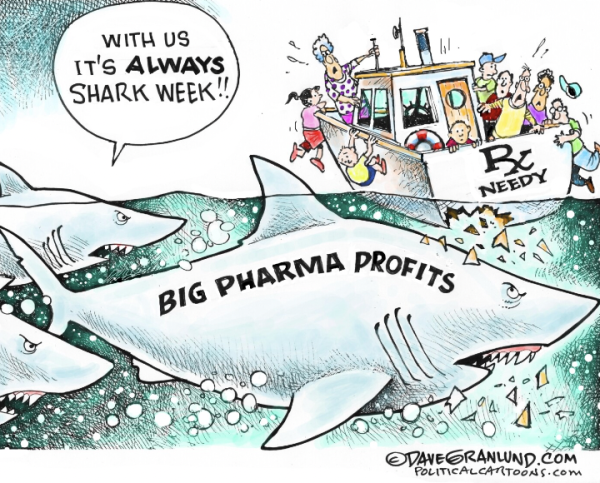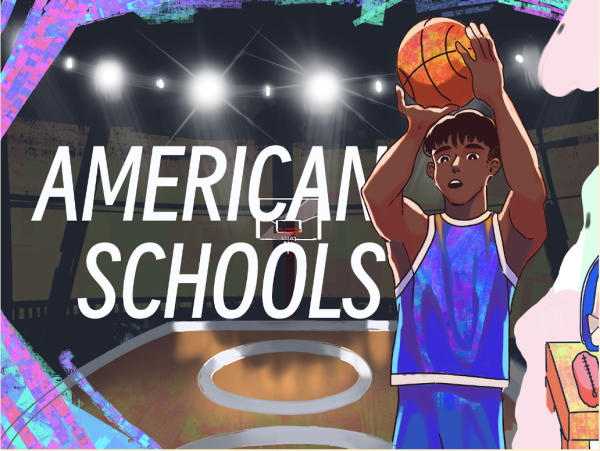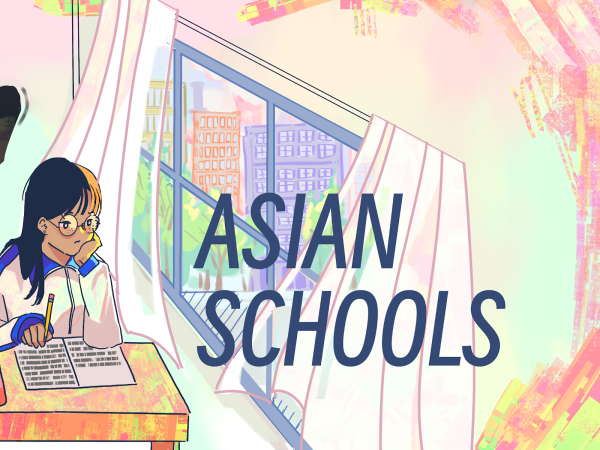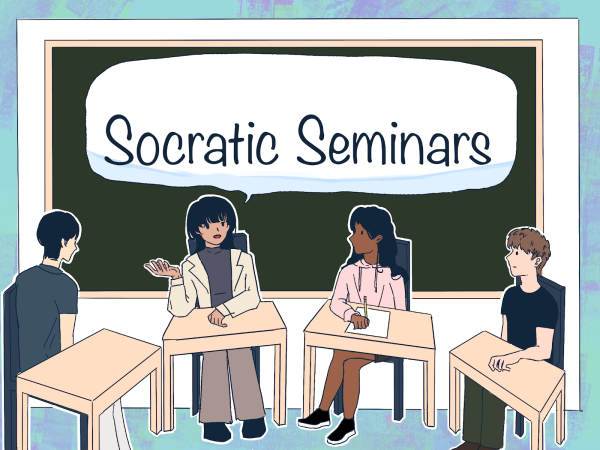The 3R curriculum just does not cut it
May 18, 2018
Regarding the commotion swarming around the new sex health education program proposed by the FUSD, Fremont has seen residents—including parents, teachers, and students—speak up to make a change. Though the new curriculum is beneficial to the LGBTQ+ community, it has its flaws in introducing full coverage of health education and using the right language to present certain topics. Implementing Youth Advocate’s 3R curriculum (rights, respect, and responsibility) into schools would ultimately deprive 4th through 6th grade of their instructional minutes, fail to cover full health education recommendations, and use language that sexualizes students younger than twelve years of age.
Though the 3R curriculum introduces a new set of information about sexuality, it also disregards vital health material such as substance education and community health. Children may reap benefits from the introduction of sexuality at a young age, but with the 3R curriculum, they will not be equipped with an understanding of nutrition or the negative effects of drugs, whereas later on in middle school and ninth grade, they will still learn about sexual education. The time spent on teaching extensive information about sexual education could be channeled to educating students on the other six content areas. The 3R curriculum calls for instructional minutes–minutes that could be used to strengthen students’ understanding in other subjects in general.
Supporters argue that the system is all inclusive and creates a safe space for students, however, it blatantly does the opposite by digging deep into graphic topics and language that sexualize children. FUSD prioritizes students’ safety first and foremost, yet the lessons delve into the explanation of intercourse. Admittedly, the system reaps a few good merits such as educating students on gender roles and their rights concerning their own body. Under the 3R curriculum, Youth Advocates summarize health lesson plans under promising titles such as “Making Sense of Puberty” and “Taking a Stand Against Bullying,” the curriculum covers extreme topics such as “Sexual and Reproductive Anatomy,” “Puberty and Reproduction,” and “Learning about HIV.” Teaching on information-heavy topics of that sort should be dealt with appropriately. Additionally, Youth Advocate’s summary to the public uses elusive language, as the “Puberty and Reproduction” section states that teachers will “discuss the process of human reproduction by describing the steps needed to conceive a baby.” However, it does not specify the steps teachers will be using nor the language they are allowed to use in describing the “steps.”
Overall, the 3R curriculum has a numerous downsides that outweigh its beneficial aspects. The system introduces students younger than twelve to intimate information about anatomy that they will eventually learn in middle school. Along with exposing students to inappropriate information, the system takes time away from other educational opportunities for students.



